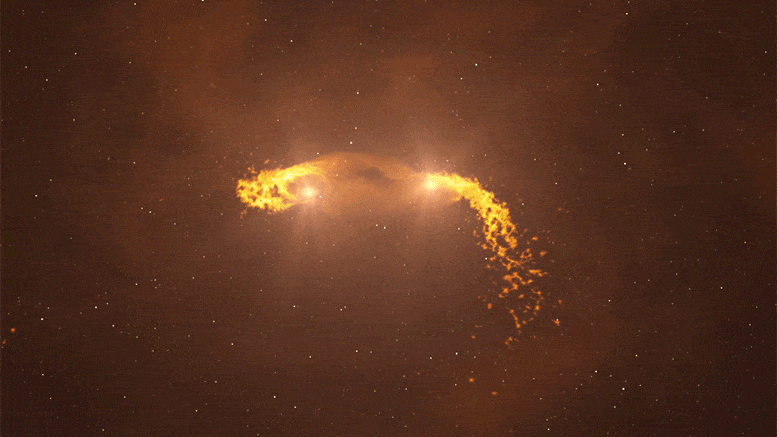
Food for young twin stars: Astronomers observe how two suns collect matter in a binary system
Stars are born in the midst of large clouds of gas and dust. Local densifications first form “embryos,” which then collect matter and grow. But how exactly does this process, called “accretion,” work? And what happens when two stars form in a disk of matter? High-resolution images of a young stellar binary system for the first time reveal a complex network of accretion filaments nurturing two proto-stars at the center of the circum-binary disk. With these observations, an international team of astronomers led by the Max Planck Institute for Extraterrestrial Physics was able to identify a two-level accretion process, circum-binary disk to circumstellar disk to stars, constraining the conditions leading to the formation and evolution of binary star systems.
Most stars in the universe come in the form of pairs – binaries – or even multiple star systems. Now, the formation of such a binary star system has been observed for the first time with high-resolution ALMA (Atacama Large Millimeter/submillimeter Array) images. An international team of astronomers led by the Max Planck Institute for Extraterrestrial Physics targeted the system [BHB2007] 11, the youngest member of a small cluster of young stellar objects in the Barnard 59 core in the Pipe nebula molecular cloud. While previous observations showed an accretion envelope surrounding a circum-binary disk, the new observations now also reveal its inner structure.
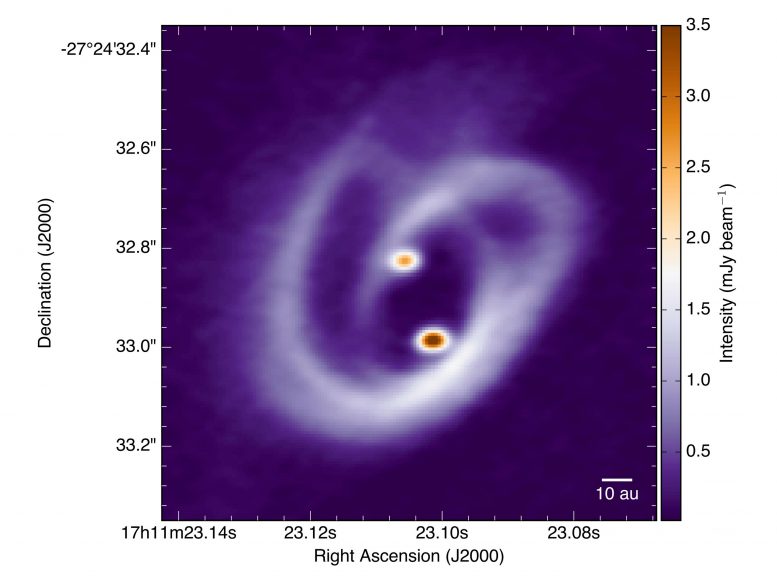
Cosmic delivery room: This picture shows Barnard 59, part of a vast dark cloud of interstellar dust called the Pipe Nebula. The proto-binary systems [BHB2007] 11 studied with high-resolution images is embedded in dense clouds, but can be observed at longer wavelengths with the radio telescope ALMA (Atacama Large Millimeter/submillimeter Array). Credit: © ESO
“This is a really important result,” stresses Paola Caselli, director and MPE and head of the Center of Astrochemical Studies. “We have finally imaged the complex structure of young binary stars, with their “feeding filaments” connecting them to the circum-binary disk. This provides important constraints for current models of star formation.”
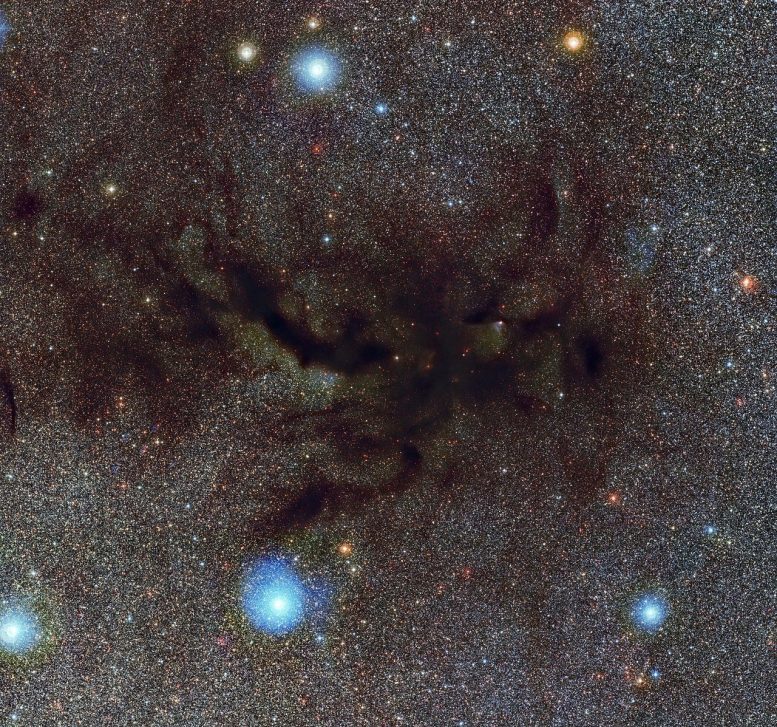
A zoom into the shared disk: this observation of ALMA shows that the proto-binary system [BHB2007] 11 is surrounded by dust filaments, where the southern (brighter) young star accretes more material. Credit: © MPE
“We expect this two-level accretion process to drive the dynamics of the binary system during its mass accretion phase,” states Alves. “While the good agreement of these observations with theory is already very promising, we will need to study more young binary systems in detail to further constrain the conditions that lead to stellar multiplicity.”

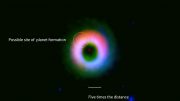
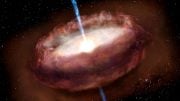
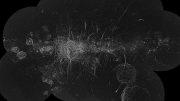

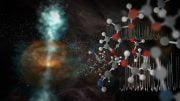

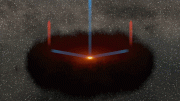
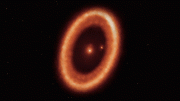
Be the first to comment on "Astronomers Observe Two Young Suns Collecting Matter in a Binary System"